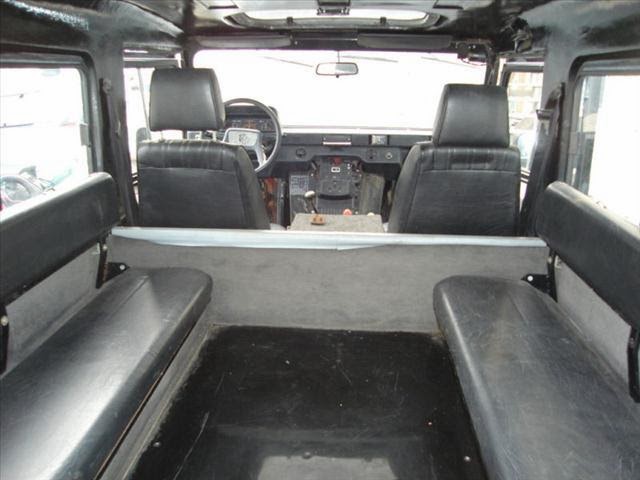The second generation 9-5 was supposed to be a comeback car for Saab. That's what its successful predecessor was in a way. Instead, it was the last Saab ever built, at least under the ownership they had for over two decades. That's not to say the 9-5 was at fault. In fact, it was a pretty great car. The demise of Saab actually goes all the way back to General Motor's meddling in the company starting in 1989. Some say they buy the competition to destroy it. They have every reason to. Saab used to make cars GM couldn't.
Saab is notorious for giving their cars initial designs that were well-executed and conservative enough so that they aged well and didn't need replacing for a decade. The first generation 9-5 replaced the 9000 in 1997, itself dating back to 1986. Both the 9000 and the 9-5 shared European GM front-wheel drive platforms. It was nothing special but got the job done. The 9-5 came at a good time in the mid 90s when the company needed a new car. It came with a sleek all-new body and interior. It was big, comfortable and reliable. These were favorites of middle class New England suburbs and sold in respectable numbers.

Unfortunately Saab (or GM, as nobody really knows who was calling the shots at that point) waited too long to replace the first generation 9-5. It fell above Volkswagen but far below Mercedes-Benz and BMW and somewhere even with Volvo, so it occupied a weird position in the market as a luxurious car with the front-wheel drive and therefore needed extra appeal and marketing to stand out. It received neither, and even after several decent facelifts, gradually just faded to the side as an automotive dinosaur. It was shameful.
In 2010, a new 9-5 did finally arrive. Saab had already tried to stage a comeback with an all-new 9-3, but that was an utter failure as the car was a poorly made and unreliable rebadged Euro GM front-wheel four-banger. It didn't stand a chance against anything Germany or Japan were offering, and it wasn't even better than an Accord or Camry. The new 9-5 was a chance to hit the reset button.
At first things looked promising. For starters, the car came in a super smooth, almost sexy body. It hinted at the brand's heritage while moving into the future. It's simple, clean and well-executed. The blackened a-pillars are cool, and the rear-tailights finish the car on a satisfying note. They also came with nifty alloy wheels that resembled fans. (always a good detail on Saabs).
Inside was one of Saab's best interiors yet, which is saying a lot since they always had good interiors. Saab had made aircraft before cars and designed the car dashboards to resemble the highly functional, user-friendly, wrap-around cockpits of a jet fighter. The result was iconic. Numerals were green, needles orange, and every button, switch and knob was artfully formed to be both easy to use and pleasing to touch. The 2nd gen 9-5 took things to a new level, with beautifully carved shapes, silver accents and artful layouts.

Underneath the hood was even more impressive. Although the previous 9-5 was never really underpowered, it wasn't exactly a hot-rod, either. Saab clearly intended to change that with the 2nd generation. This is the top of the line aero model and comes with a turbocharged 6-cylinder engine that produced 300 horsepower. As icing on top, it was matched with Saab's burgeoning system of all-wheel drive called "XWD". Frankly, I always thought it was ridiculous that Saab never offered all-wheel traction earlier on, seeing it was a Swedish carmaker and they sold so many in the snowy Northeast. But for a moment at least, the 9-5 Aero XWD was a really impressive package, for a Saab at least.

All the momentum was crushed however when Saab's financial troubles climaxed in 2010. The 2nd generation 9-5 barely got out of the gates before production ended in 2011, with just 11,280 units made, making this one of the rarest production Saabs in recent memory. The company has gone through bunch of corporate shifting from then until fall 2013, when it appears it will continue some limited production under the National Electric Vehicle Sweden (Nevs), but who really knows what will happen.
The last 9-5 is an impressive car. The platform and engines were widely used in Europe and shouldn't be too difficult to get parts. Servicing might just have to be done at a specialist, Pep Boys or your garage, though. The one positive fallout is that resale values have plummeted, so what was normally a $35k-$45k car can now be had for less than $25k.
Find this one available
here for $22,895.

















































